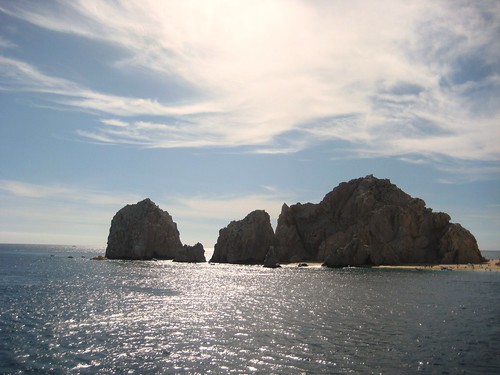
Los Cabos (The Capes) is not actually a town. It is the name Mexican tourism officials bestowed upon two once-remote Baja California communities: Cabo San Lucas and San Jose del Cabo as well as the stretch of coast that connects them known as "the Corridor."
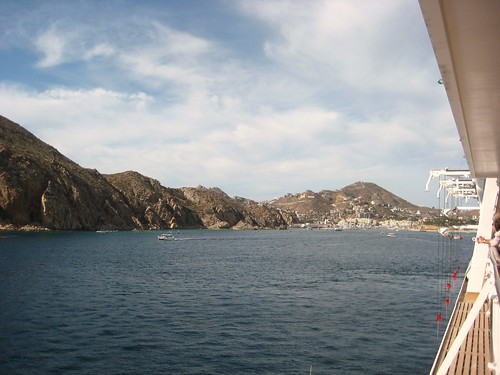
Seafarers have long been attracted to the shores of what is now Los Cabos. In the late 16th-century and early 17th-century, according to legend, notorious pirates such as Sir Francis Drake and Thomas Cavendish concealed themselves in the bays and coves along the southern coast of the Baja Peninsula, slipping out to ambush passing Spanish Galleons.

Later, Spanish missionaries attempted to convert the Guaycura and Pericu natives to Christianity, but by the early 1800s, Spanish soldiers and European diseases had decimated the indigenous population.

After the missionaries moved on, the rocky spires and arches that characterize the southern tip of Baja California went pretty much unnoticed until after World War II. That's when private planes began flying in celebrities such as Bing Crosby and John Wayne to go deep-sea fishing.
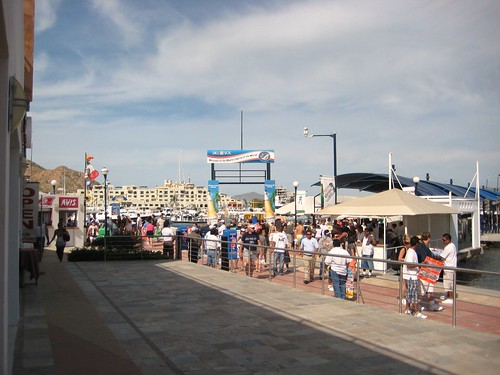
By the 1930s, a small fishing village and cannery occupied the northern end of the Cabo San Lucas harbor, inhabited by approximately 400 hardy souls. The cape region experienced a sport fishing craze in the 1950s and 60s. Due to the prolific bill fishing, waters off the peninsula's southern tip earned the nickname "Marlin Alley".
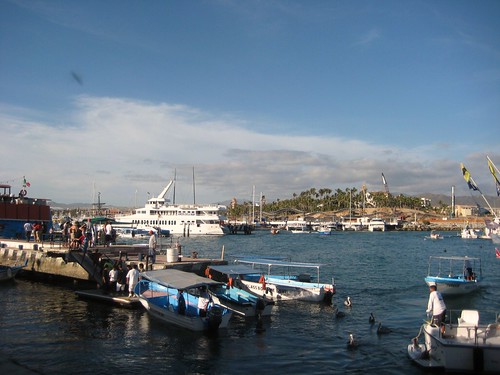
Because the area was remote and difficult to reach, it remained the private hideaway of a few well-heeled travelers ntil the 1970s, when the Mexican government completed the Transpeninsular Highway. The highway gave Californians a straight shot to the tip of Baja California.

Fly in anglers and wealthy pleasure boaters brought back glorious stories of this wild place which fueled population growth to around 1,500 by the time the Transpeninsular Highway was completed in 1973. Following the paved highway link between the United States and Cabo San Lucas, the town transformed from a fly-in/sail-in resort to an automobile and RV destination.

It's one of the most popular destinations of the region, It boasts fine beaches, luxurious surroundings, lively nightlife and some of the best sport-fishing in the world.
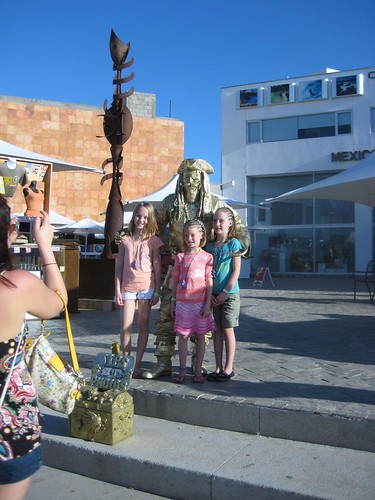
Cabo San Lucas, with a population of 60,000, is the faster-growing of the two towns. In the past few years, swanky new hotels and condos have filled the landscape along the 20 mile corridor separating the two towns. Superb sport fishing put Cabo San Lucas on the map, but non-fishermen will enjoy the thriving beach community as well.
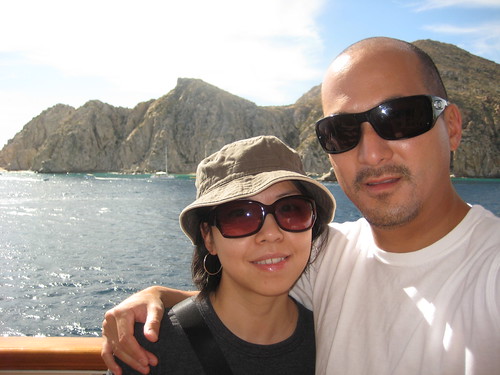
The temperature was 85 degrees. The Baja sunshine felt so good. Getting on the tender boat to shore was a pain. We were almost late for our ATV beach tour....
[ad#ad-unit]
No comments:
Post a Comment